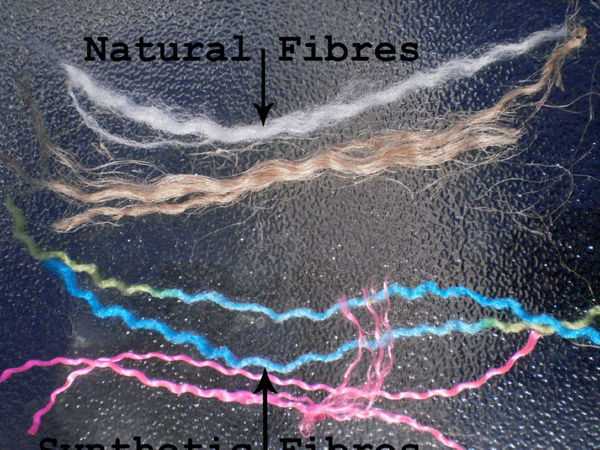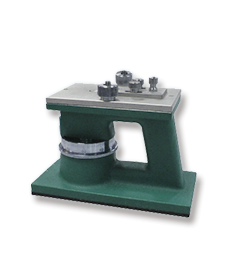Site: Home > Home > News and events
Fiber analysis plays a crucial role in various industries, including textiles, paper, and food. It involves determining the physical and chemical properties of fibers, such as their size, shape, and composition. Traditionally, fiber analysis was done by manually cutting thin sections of fibers using a microtome, a specialized instrument that slices samples into thin sections for microscopy. However, this method is time-consuming, labor-intensive, and prone to errors.

Recently, fiber analysis has been revolutionized by the development of fiber microtomes. These cutting-edge instruments use advanced technology to automate and streamline the process of preparing fiber samples for analysis. Fiber microtomes work by using a high-precision cutting blade to slice fibers into thin sections with a thickness of a few microns. The resulting sections are then mounted onto slides for further analysis using microscopy.
One of the main advantages of fiber microtomes is their speed and efficiency. They can process large numbers of fiber samples in a short time, reducing the time and labor required for fiber analysis. In addition, fiber microtomes offer greater accuracy and consistency in sample preparation, minimizing the risk of errors and variability in results.

Another advantage of fiber microtomes is their versatility. They can be used to analyze a wide range of fibers, from natural fibers like cotton and wool to synthetic fibers like polyester and nylon. Fiber microtomes can also be used to analyze fibers in different forms, including yarns, fabrics, and pulp.
Overall, fiber microtomes represent a significant advancement in fiber analysis technology. Their speed, accuracy, and versatility make them invaluable tools for researchers and industries that rely on fiber analysis for quality control, product development, and research purposes.
Copyright 2022:Qinsun Instruments Co., Limited
High-end textile tester supplier Email:info@qinsun-lab.com | Textile Testing Equipment pdf | Tel:021-67800179 |